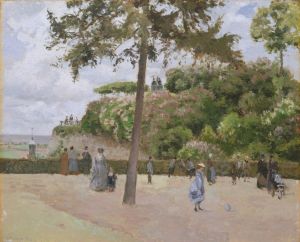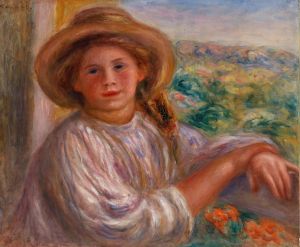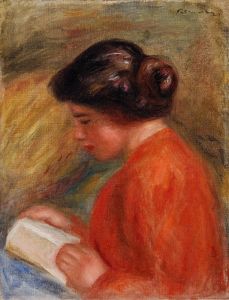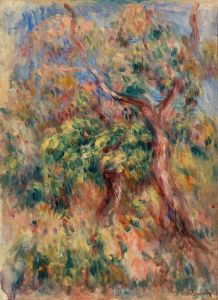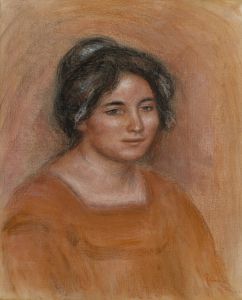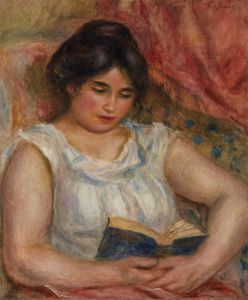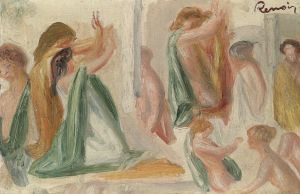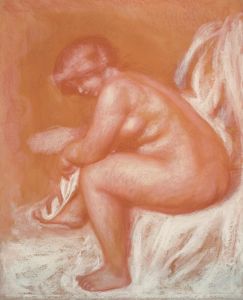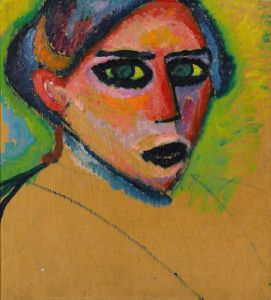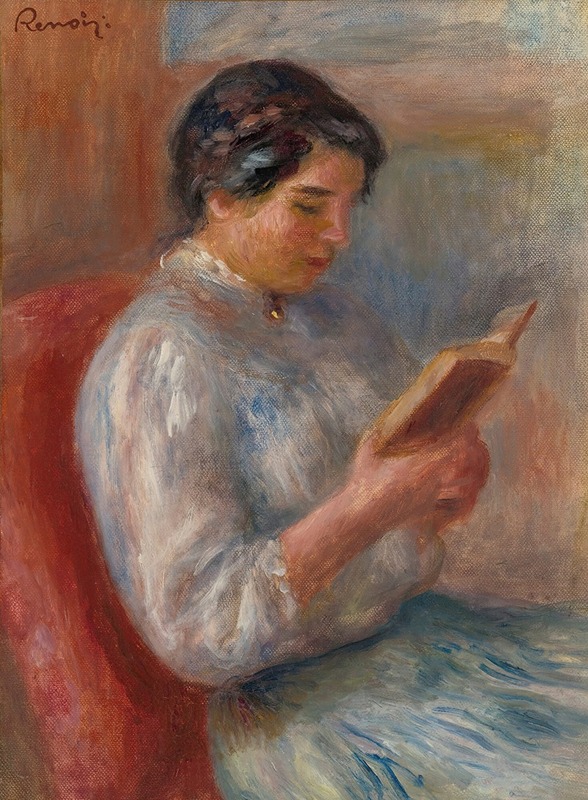
Femme lisant
A hand-painted replica of Pierre-Auguste Renoir’s masterpiece Femme lisant, meticulously crafted by professional artists to capture the true essence of the original. Each piece is created with museum-quality canvas and rare mineral pigments, carefully painted by experienced artists with delicate brushstrokes and rich, layered colors to perfectly recreate the texture of the original artwork. Unlike machine-printed reproductions, this hand-painted version brings the painting to life, infused with the artist’s emotions and skill in every stroke. Whether for personal collection or home decoration, it instantly elevates the artistic atmosphere of any space.
Pierre-Auguste Renoir, a prominent French artist and a leading figure in the Impressionist movement, created the painting "Femme lisant" (Woman Reading) during his prolific career. Renoir is celebrated for his vibrant light and saturated color, focusing on people in intimate and candid compositions. "Femme lisant" is one of his many works that capture the quiet, introspective moments of everyday life, a theme that Renoir frequently explored.
The painting depicts a woman engrossed in reading, a subject that Renoir returned to multiple times throughout his career. This theme reflects the broader 19th-century interest in literacy and the increasing availability of books, which became more accessible to the general public during this period. Renoir's choice to portray a woman reading highlights the evolving role of women in society, as they gained more access to education and intellectual pursuits.
Renoir's technique in "Femme lisant" exemplifies his mastery of the Impressionist style. The brushwork is loose and fluid, capturing the essence of the scene rather than the precise details. This approach allows the viewer to focus on the mood and atmosphere of the painting. The use of light and shadow is particularly notable, as Renoir skillfully employs these elements to create depth and dimension, drawing attention to the woman's face and the pages of the book.
The color palette in "Femme lisant" is warm and inviting, with soft pastels and gentle contrasts that enhance the serene and contemplative mood of the piece. Renoir's use of color is both expressive and harmonious, contributing to the overall sense of tranquility that pervades the painting. The background is typically Impressionistic, with blurred and indistinct forms that suggest rather than define the setting, allowing the viewer to focus on the central figure.
Renoir's interest in capturing the nuances of human expression and emotion is evident in "Femme lisant." The woman's face is rendered with sensitivity and subtlety, conveying a sense of concentration and introspection. This focus on the inner life of his subjects is a hallmark of Renoir's work, reflecting his belief in the importance of capturing the spirit and personality of the individuals he painted.
"Femme lisant" is part of a broader body of work by Renoir that celebrates the simple pleasures of life. His paintings often depict leisurely activities, such as reading, music, and social gatherings, emphasizing the beauty and joy found in everyday moments. This focus on the ordinary and the joyful is a defining characteristic of Renoir's art and contributes to his enduring popularity.
While specific details about the provenance and current location of "Femme lisant" may vary, Renoir's works are held in numerous prestigious collections worldwide, including the Musée d'Orsay in Paris, the Metropolitan Museum of Art in New York, and the National Gallery in London. His paintings continue to be celebrated for their beauty, technical skill, and ability to capture the essence of human experience.
In summary, "Femme lisant" by Pierre-Auguste Renoir is a quintessential example of the artist's Impressionist style, characterized by its focus on light, color, and the intimate moments of everyday life. Through his masterful technique and sensitive portrayal of his subject, Renoir invites viewers to appreciate the quiet beauty and introspection of a woman absorbed in her reading.






